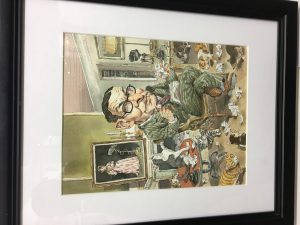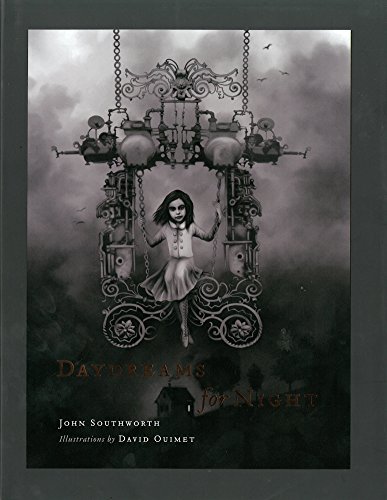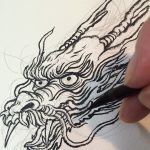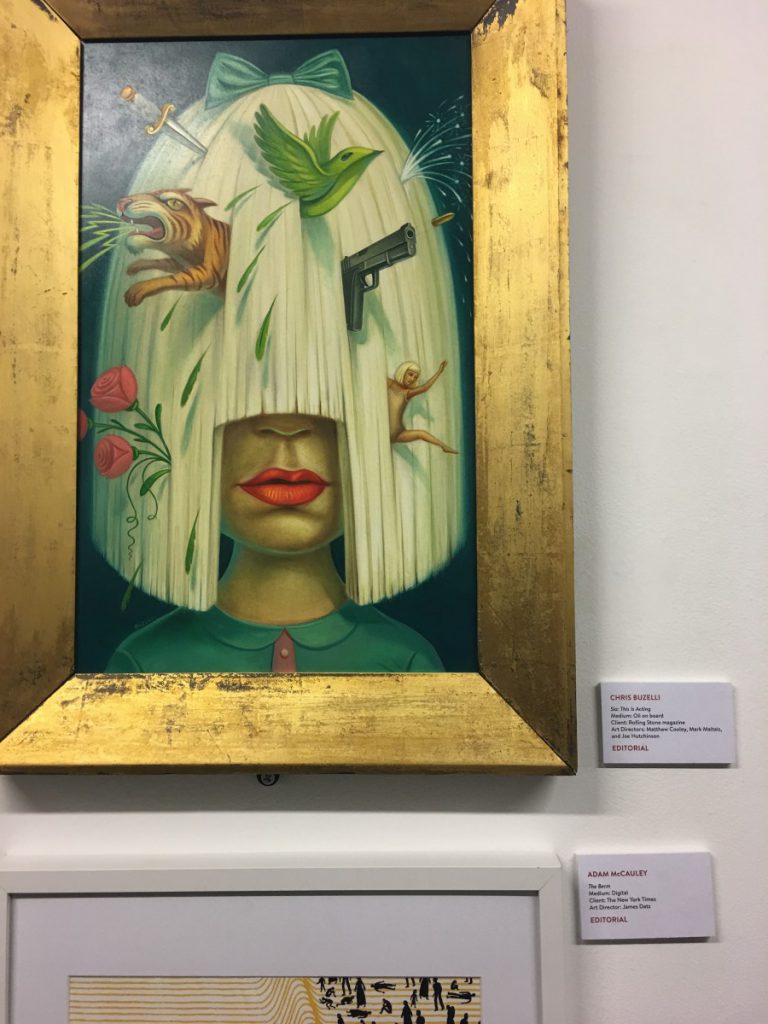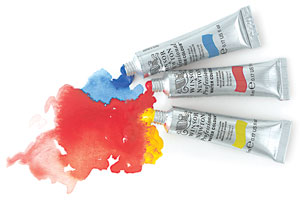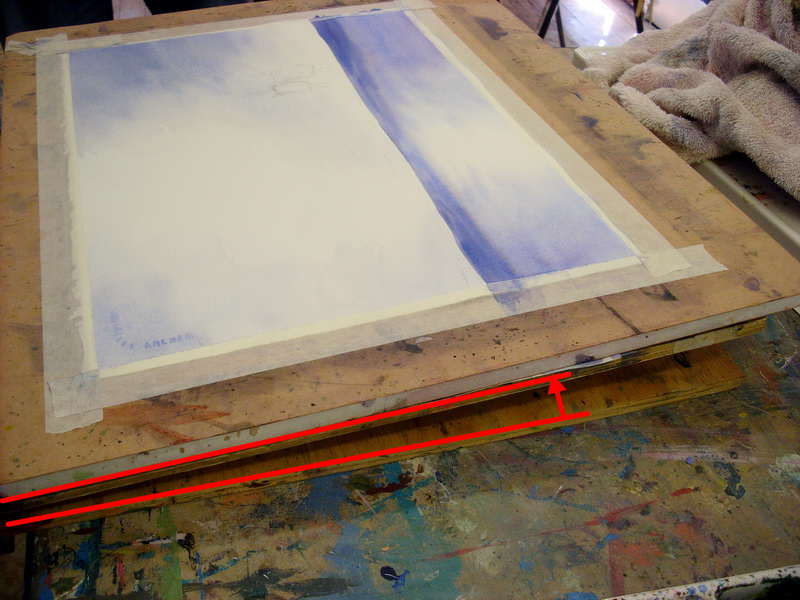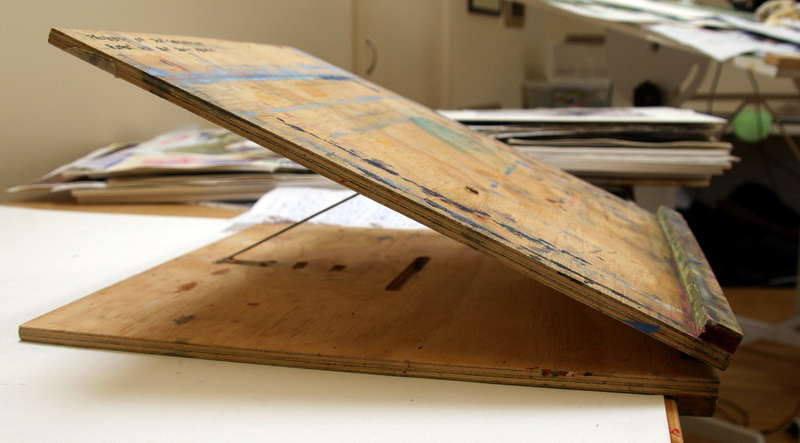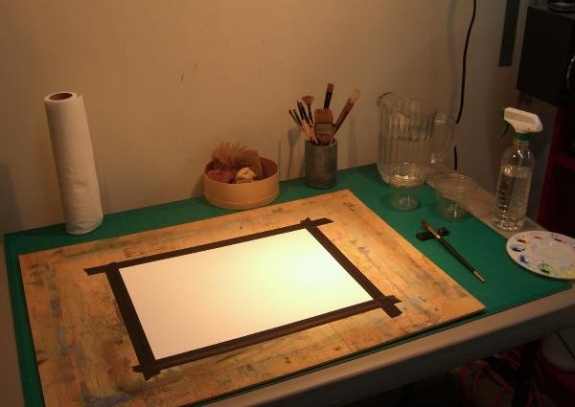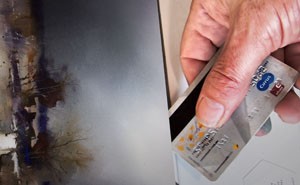Going to the Society of Illustrations was really interesting to me because I haven’t been to a museum in years. While inside, I seen so much amazing artwork. I seen artwork that must have taken months to create and others that only had a few things going on. One of the art pieces that stood out to me most was John Cuneo’s art piece called “T S Eliot” for his client “Humanities”. This piece stood out to me because the drawing of the man was in the style of something you would get when you go to the city and a street artist draws you and you have a big head and big nose.
John Cuneo was an American Illustrator whose work was appeared in many large publications such as Sports Illustrations, Esquire, The Atlantic Monthly, and The New Yorker which makes sense because of his art style. He was given many awards by the Society of Illustrators for his work. After doing some more research on John Cuneo I found out that all of his art has the same type of style. A lot of his work is very comedic. I liked that he used simple lines and sketches to create an amazing design. Would definitely love to see more of his work in person.

